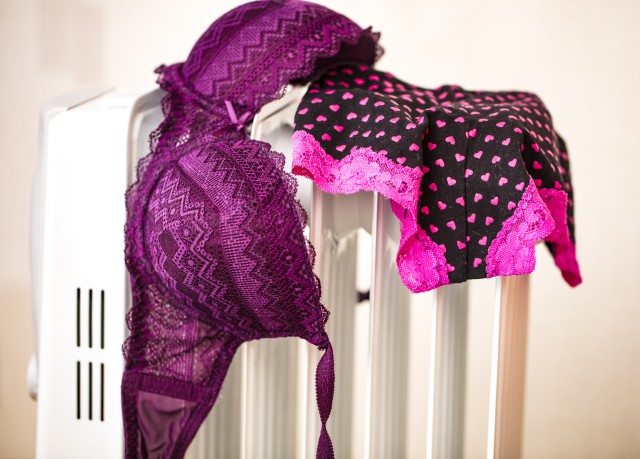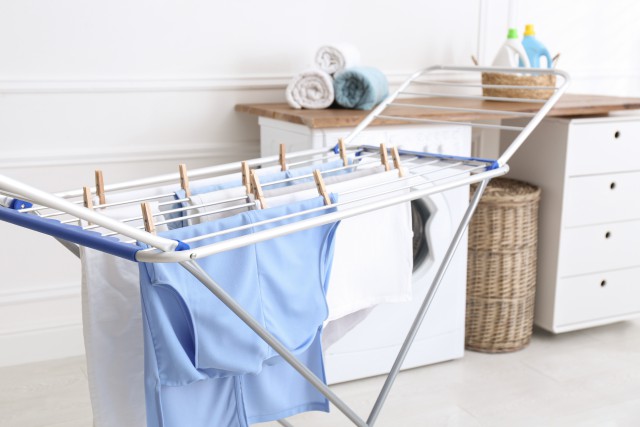Experts Issue 7 Tips to Avoid Damage and Health Dangers
Homeowners have been cautioned against popular clothes drying methods that could lead to mould and dampness in their houses. According to experts from a furniture firm, drying racks, airers, and radiators are common household gadgets that pose a risk of spreading damp and mould. As winter temperatures drop, it becomes even more crucial to take preventative measures. Here are seven tips to help you avoid such damage and health hazards:
Avoid Radiators and Heated Airers
Resist the temptation to use radiators or heated airers to dry clothes, as they release more moisture into the air. Instead, consider spacing out clothing on drying racks and using well-ventilated rooms when bringing laundry indoors.
Choose a Well-Ventilated Room
When drying clothes, opt for a well-ventilated room and avoid small spaces. Bathrooms with exhaust fans or utility rooms with windows are ideal options.
Space Out Clothes
Ensure that clothes are spaced out on drying racks to speed up the drying process and prevent a damp smell from accumulating.

Add an Extra 10-Minute Spin
Instead of using the tumble dryer, consider adding an extra 10-minute spin on the washing machine. This will help remove excess water from clothes and save energy.
Try the "Burrito Method"
Utilize the "burrito method" by rolling the garment tightly into a towel to soak up excess water and moisture. This technique significantly speeds up the drying process.
Consider Using a Dehumidifier
If you dry your washing indoors, using a dehumidifier can help remove dampness from the room.
Don't Forget the Outdoors
Don't underestimate the power of outdoor drying. If the weather is dry and not too cold, hanging clothes outside can be a viable option.

By following these tips, you can avoid potential damage caused by common clothes drying tricks. Remember to prioritize the well-being of your home and health.








